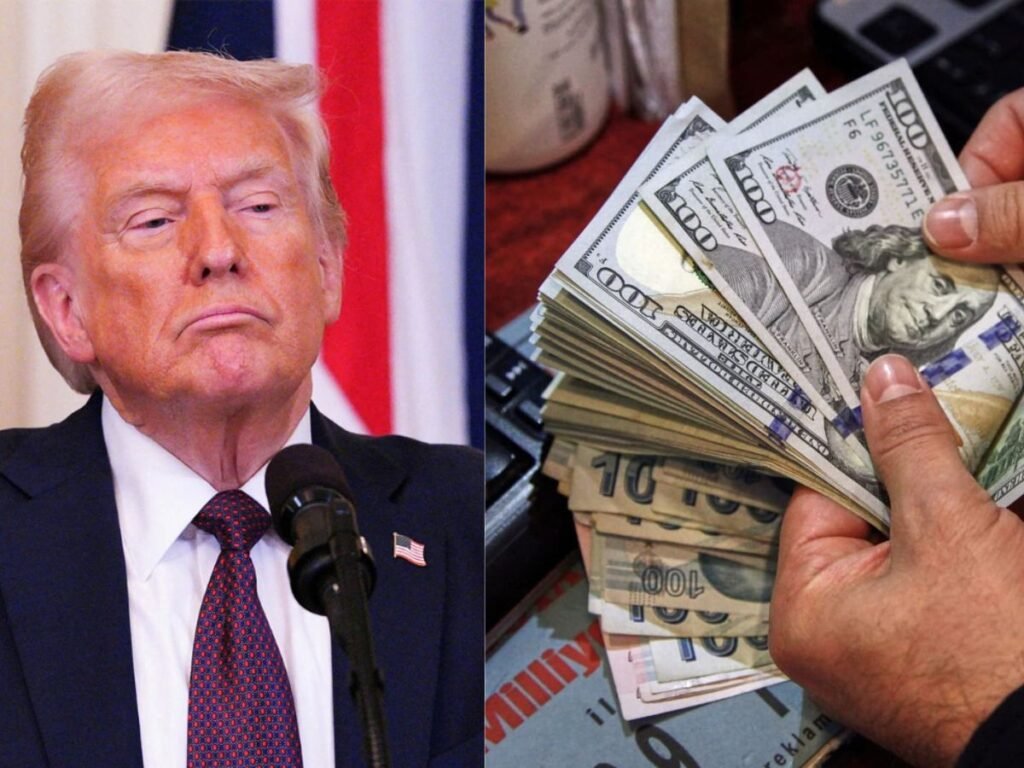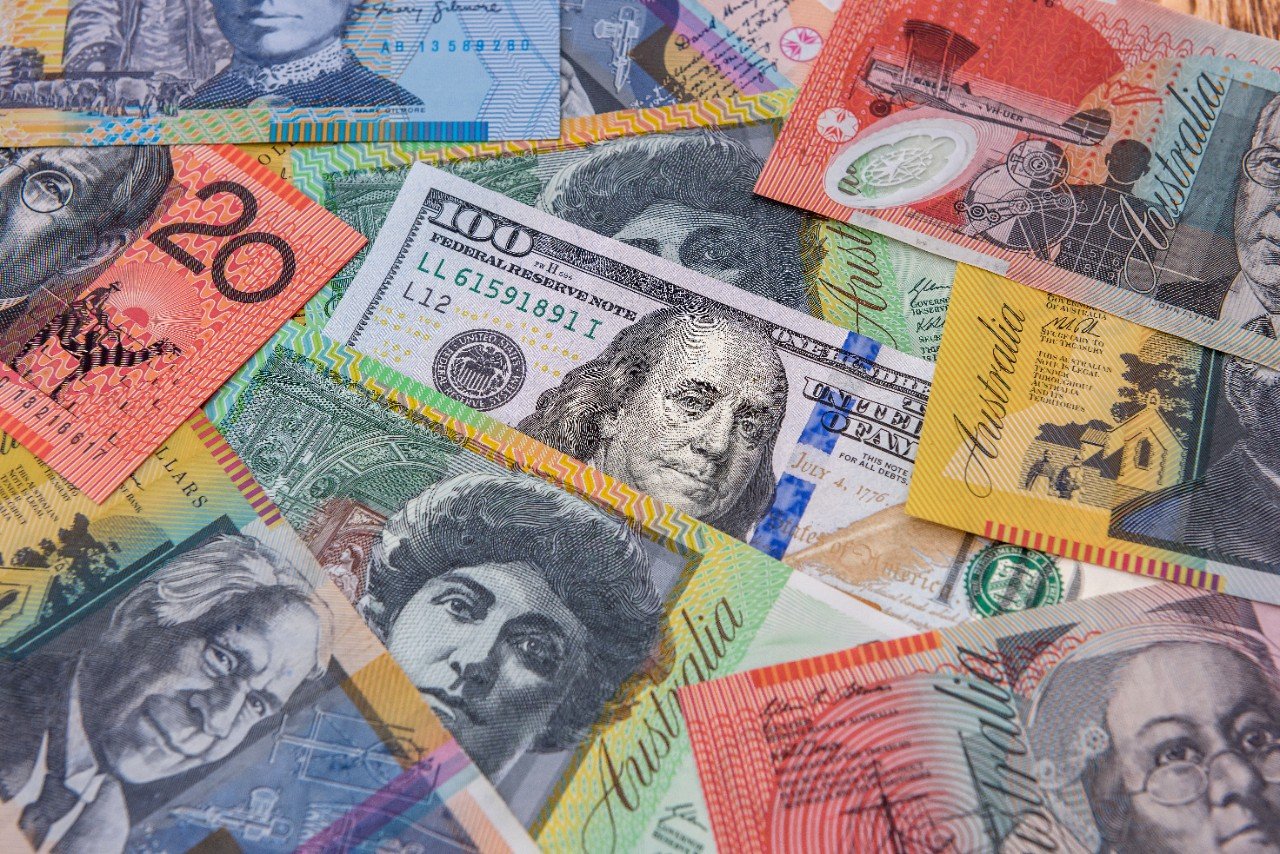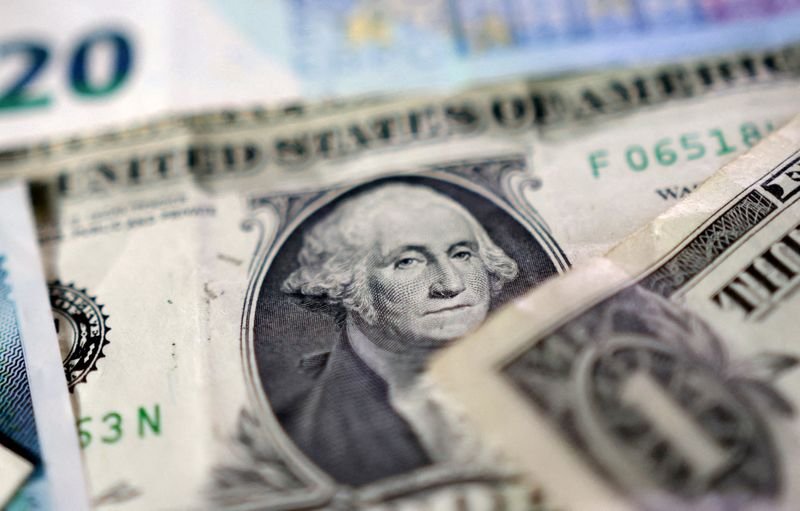The debate around the ‘de-dollarisation’ has gained traction in recent years worldwide. Large economies like BRICS nations -China and Russia – have spoken out about it at various forums, with a little support from some countries.
However, US President Donald Trump repeatedly warned countries against pursuing de-dollarisation. He has also cautioned BRICS member states against moving forward with a common currency.
BRICS and the De-Dollarisation
In February 2025, shortly after assuming office, President Trump remarked, “BRICS states were trying to destroy our dollar. They wanted to create a new currency. So when I came in, the first thing I said was any BRICS state that even mentions the destruction of the dollar will be charged a 150% tariff, and we don’t want your goods and the BRICS states just broke up.”
Following sanctions imposed on Russia after the Ukraine conflict, Moscow, along with China and other countries, have repeatedly criticized what they see as the “weaponisation” of the U.S. dollar.
Speaking at the BRICS Summit in Kazan, Russia, President Vladimir Putin stated, “the dollar is being used as a weapon. We really see that this is so. I think that this is a big mistake by those who do this.”
Even Iran has expressed support for a potential BRICS currency, highlighting the geopolitical motivations behind de-dollarisation.
The Dollar and ‘Dutch Disease’
Some US policymakers argue that the dollar’s role as the primary global reserve currency has created a structural overvaluation, drawing parallels to the economic phenomenon known as “Dutch Disease.”
In this scenario, a country’s dominant export, in the Netherlands in the 1960s it was natural gas, leads to currency appreciation, which can render other sectors, particularly manufacturing, less competitive.
According to this perspective, the high global demand for the dollar has contributed to a decline in US manufacturing employment, from 24 percent of the workforce in 1974 to just 8 percent in 2024.
Dollar as a Reserve Currency
A reserve currency is one in which the majority of international transactions are conducted. Historically, European colonial powers, including Spain, France, and England, held this status, often backed by gold. After World War I, much of the world’s gold shifted from London to New York, cementing the US’s financial prominence.
The dollar was formally recognized as the world’s reserve currency under the Bretton Woods Agreement in 1944, a status previously held by the British pound. In 1971, President Richard Nixon ended the gold standard, making the dollar purely backed by the “full faith and credit” of the US government. Critics have since called for the end of the dollar’s reserve currency status.
Recent De-Dollarisation Movements
The latest wave of de-dollarisation gained momentum in 2022 after the US imposed comprehensive sanctions on Russia following its invasion of Ukraine. World leaders expressed concern over the US’s ability to freeze funds during diplomatic or military disputes.
By 2025, Trump’s aggressive tariffs and isolationist policies have strained US alliances with Europe and other trade partners. His confrontational trade stance has, according to analysts, increased the incentives for countries to reduce reliance on the dollar.
What Happens if The Dollar is Not The World Reserve Currency?
The role of the US dollar as the world’s leading reserve currency lends its movements an outsize influence worldwide. Central banks keep large reserves of dollars to finance cross-border transactions, service debt, and stabilize their own currencies.
Jane Foley, a currency market expert, points out that about half of international trade invoices are expressed in dollars. A weakening of the dollar can therefore make US exports cheaper and more expensive imports. Dollars-priced commodities like oil and gas would become more affordable to nations with other currencies.
If the dollar were to lose its status as a reserve currency, it would potentially unleash a weaker dollar, which would make US exports more competitive but raise import prices, possibly pushing domestic inflation.
Nations that have large amounts of US dollar-denominated debt would experience financial instability with exchange rate shocks and possible defaults for the stability of the world. Instability of dollar-denominated commodities might also encourage exporting countries to use other currencies or pricing mechanisms, upsetting entrenched market forces.






